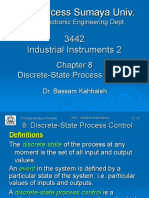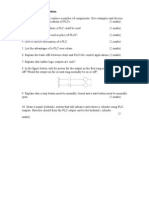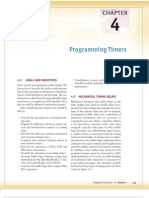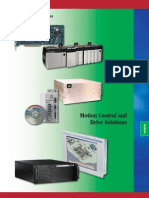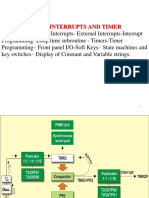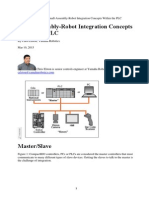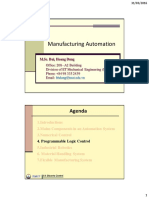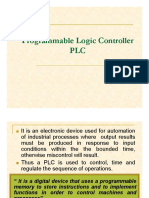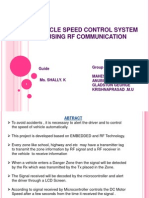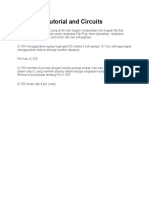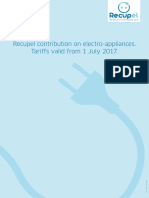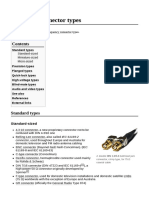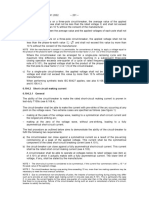0% found this document useful (0 votes)
284 views63 pagesDiscrete Control Using Plcs and PCS: Prof. Dr.-Ing. Saleh M. Chehade
The truth table and Boolean logic expression for this problem are:
(a) Truth table:
S1 S2 Y
0 0 0
0 1 0
1 0 0
1 1 1
(b) Boolean logic expression: Y = S1 · S2
(c) Logic network diagram:
S1 S2
AND
Y
Prof. Dr.-Ing. Saleh M. Chehade
Programmable Logic Controllers
- PLCs are digital computers used for automation of
electromechanical processes, such as control of machinery on
production lines.
- PLCs were designed to
Uploaded by
Carlos JaramilloCopyright
© © All Rights Reserved
We take content rights seriously. If you suspect this is your content, claim it here.
Available Formats
Download as PDF, TXT or read online on Scribd
0% found this document useful (0 votes)
284 views63 pagesDiscrete Control Using Plcs and PCS: Prof. Dr.-Ing. Saleh M. Chehade
The truth table and Boolean logic expression for this problem are:
(a) Truth table:
S1 S2 Y
0 0 0
0 1 0
1 0 0
1 1 1
(b) Boolean logic expression: Y = S1 · S2
(c) Logic network diagram:
S1 S2
AND
Y
Prof. Dr.-Ing. Saleh M. Chehade
Programmable Logic Controllers
- PLCs are digital computers used for automation of
electromechanical processes, such as control of machinery on
production lines.
- PLCs were designed to
Uploaded by
Carlos JaramilloCopyright
© © All Rights Reserved
We take content rights seriously. If you suspect this is your content, claim it here.
Available Formats
Download as PDF, TXT or read online on Scribd
/ 63


